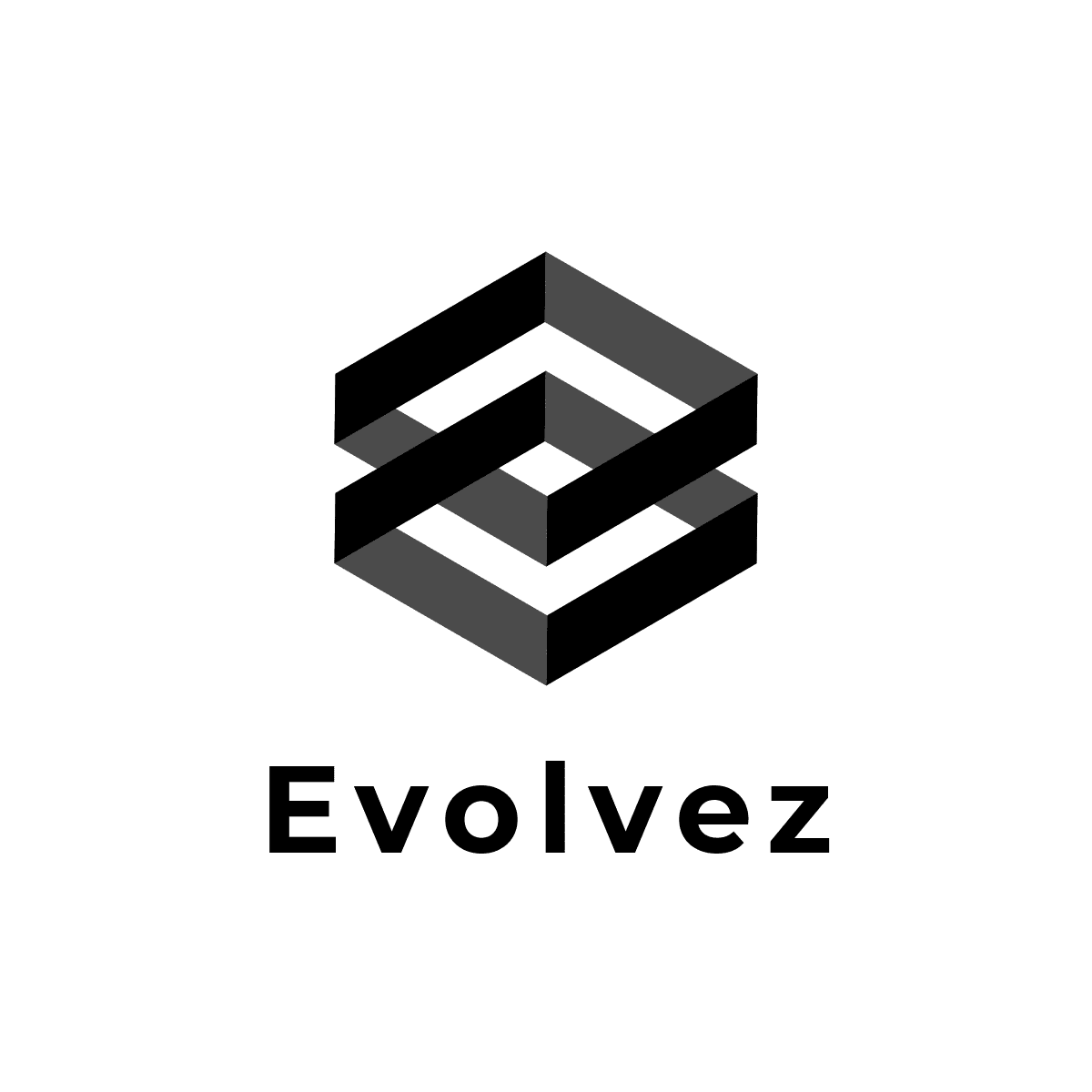Since an employer’s first impression of their applicant is based off their resume, it is very important to showcase your skills and accomplishments in the best light possible. While that might seem like a daunting task to many, creating the perfect resume is easier than it looks. By simply utilizing this template and following these eight tips, you’ll be well on your way to landing your dream job.
1. Include your personal details
This means your name, address, phone number, and email. Ensure the email address you provide is one you check regularly, as it is the easiest and most common way for employers to contact you.
2. Add quantitative details where possible
Employers love to know specifics, as it helps them gauge your involvement in an activity and get a better idea of what the final results of your contributions were. For example, if you helped organize a charity event for a club, include how much money the club raised over a given amount of time. Or, if the company you represented as a Brand Ambassador experienced an increase in social media followers due to the posts you created, be sure to include the specific percentage(s).
3. List the details of your educational background
If you have just entered college, it’s fine to include information about your high school. Don’t be shy about adding any special achievements or educational awards you have received during your time on campus. What about GPA? Include it if you feel it will benefit you. Don’t if you feel there are other areas of your resume that are stronger.
4. Include information about your work experience, organization involvement, and/or leadership positions
This is where creating the perfect resume can become frustrating. It is not necessary to include every little detail about what you’ve done in the past. Focus on what has contributed to your growth the most and the experiences that are most closely related to the position you’re applying to. For instance, working as a Campus Brand Ambassador tells future employers you have strong communication skills, are able to work independently, and excel at leading a community. Include this! On the flip side, working as a dog sitter occasionally over the summer might have helped you earn money, but it won’t help an employer understand anything about your skill set. Again, include details of any achievements or recognition you have received. The key here is to keep things succinct.
5. Avoid non-specific and indirect verbs
Be sure to use opening verbs at the beginning of each bullet point function in the same way you would use them at the opening sentence of an essay — they should catch the eye of your reader and intrigue them to continue reading. Words like “led,” “managed,” and “created” are vague and unexciting. Generic, self-descriptive adjectives are also a common weak point within resumes. It is most helpful to Google words to avoid using in your resume – for example, the words “hardworking,” “ambitious” and “go-getter” are overused and do not help you set yourself apart from other candidates.
6. No need to include pronouns
Bullet points can begin directly with strong action verbs. State directly what you have done. Remember, writing a strong resume is all about saying more with fewer words.
7. Mention any interesting hobbies or interests at the bottom if desired
Anything that gives a potential employer a glimpse into your personality or passion makes you much more memorable than any of your previous work experience can.
8. Don’t be afraid to stand out
If you’re up for it, get creative with the design and structure of your resume, as long as you keep it professional. Use tools like Enhancv to build a resume that is sure to catch the attention of any hiring manager. Be sure to ask a mentor or previous employer for their opinion as well!
Keep these 8 tips in mind as you are applying to brand ambassadorship and internship positions. Creating the perfect resume can make the difference between being accepted to an interview or being ignored. We hope these guidelines help you progress to the subsequent steps in the interview process and ultimately land the position.

